Sanchi
Sanchi, a serene town in Madhya Pradesh, is globally renowned for its ancient Buddhist stupas and monuments, which are among the oldest stone structures in India. The town is a UNESCO World Heritage Site and holds immense religious significance, drawing Buddhist pilgrims and history enthusiasts from all over the world. Sanchi’s stupas, particularly the Great Stupa, are a testament to the rich cultural and architectural heritage of ancient India.
Info to Plan Your Sanchi Trip
Brief History
The history of Sanchi dates back to the 3rd century BCE when Emperor Ashoka, a devout follower of Buddhism, commissioned the construction of the Great Stupa. Over the centuries, the site was expanded by subsequent rulers, including the Shungas, Satavahanas, and Guptas, who added more stupas, temples, and pillars. Sanchi became a major center for Buddhist learning and remained a significant pilgrimage site until the decline of Buddhism in India. The site was rediscovered in the early 19th century during British rule and has since been preserved as a historical monument.
Best Times to Visit
The best time to visit Sanchi is during the winter months, from October to March, when the weather is cool and comfortable for exploring the outdoor monuments. The summer months can be quite hot, and the monsoon season brings heavy rainfall, making it less ideal for sightseeing.
Places to See In Sanchi
This palace is a stunning example of Afghan architecture, built to resemble a ship floating on water. Situated between two artificial lakes, it served as a pleasure palace for the royal women of Mandu.
Great Stupa (Stupa No. 1)
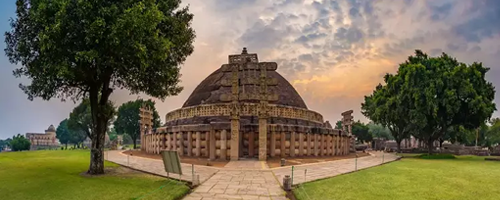
The Great Stupa is the most iconic structure in Sanchi, originally built by Emperor Ashoka. It stands 54 feet high and 120 feet wide, with a central dome surrounded by intricately carved gateways (toranas) that depict scenes from the life of Buddha.
Ashoka Pillar
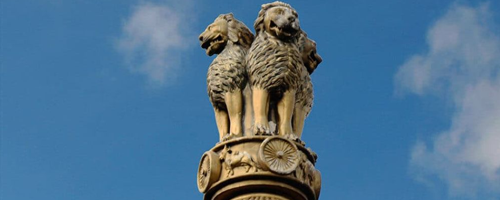
The Ashoka Pillar, located near the Great Stupa, is a polished sandstone pillar with a beautifully carved lion capital. Although the pillar’s top portion is now housed in a museum, the remaining structure still reflects Ashoka’s commitment to spreading Buddhism.
Stupa No. 2

Slightly smaller than the Great Stupa, Stupa No. 2 is known for its richly carved stone railing that encircles the dome. The carvings depict various Jataka tales and scenes from the Buddha’s life.
Stupa No. 3
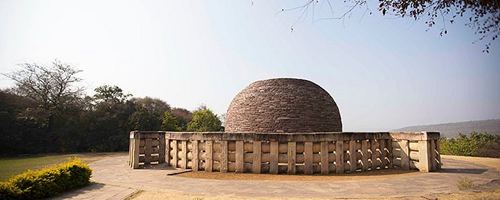
Stupa No. 3 houses the relics of Buddha’s disciples, Sariputta and Mahamoggallana. It is similar in design to the Great Stupa but smaller in size, with only one torana (gateway) still standing.
Sanchi Museum
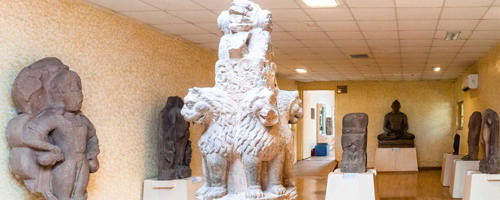
Managed by the Archaeological Survey of India, the Sanchi Museum displays a collection of artifacts excavated from the site, including pottery, sculptures, and the original lion capital from the Ashoka Pillar.
Temple 40
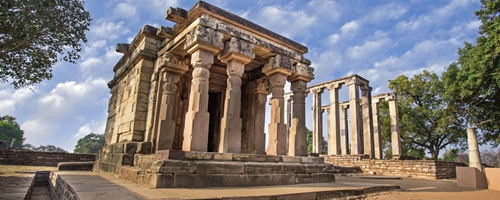
Temple 40 is one of the oldest surviving stone structures in India, dating back to the Mauryan period. It provides insights into the early architectural styles that influenced later Buddhist temple construction.
Gupta Temple
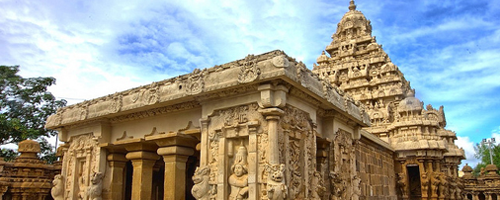
This temple, built during the Gupta period, is one of the earliest examples of temple architecture in India. Its simple yet elegant design paved the way for future temple structures across the country.
Monasteries and Other Structures
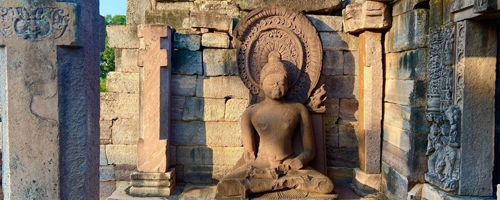
Sanchi also houses several ancient monasteries, vihara (residential complexes), and other smaller stupas, each with its unique architectural and historical significance.
How to Reach In Sanchi
- By Air:
The nearest airport to Sanchi is Raja Bhoj Airport in Bhopal, located about 55 km away. Bhopal is well-connected to major cities like Delhi, Mumbai, and Bangalore. - By Train:
Sanchi has its railway station, but it is a small stop with limited connectivity. The nearest major railway station is Bhopal Junction, which is well-connected to cities across India. From Bhopal, taxis and buses are available to reach Sanchi. - By Road:
Sanchi is well-connected by road and can be easily accessed via buses or taxis from Bhopal. The drive is scenic, taking about 1 to 1.5 hours.

Frequently Asked Questions
The entry fee for Indian tourists is typically INR 40, and for foreign tourists, it is INR 600. There are also discounts for students and groups.
Yes, guided tours are available, and it’s recommended to hire a guide to fully appreciate the historical and architectural significance of the stupas and other structures.
Sanchi has a few budget hotels and guesthouses. Alternatively, you can stay in Bhopal, which offers a wider range of accommodations, and visit Sanchi as a day trip.
Yes, photography is allowed at Sanchi, though some restrictions may apply in certain areas. There might be an additional fee for professional photography equipment.
Absolutely! Sanchi is a family-friendly destination that offers educational and cultural insights, making it a great place to visit with children and elders alike.
WELCOME TO Sanchi
